Home>Gardening & Outdoor>Outdoor Entertaining>How To Build A Concrete Fire Pit
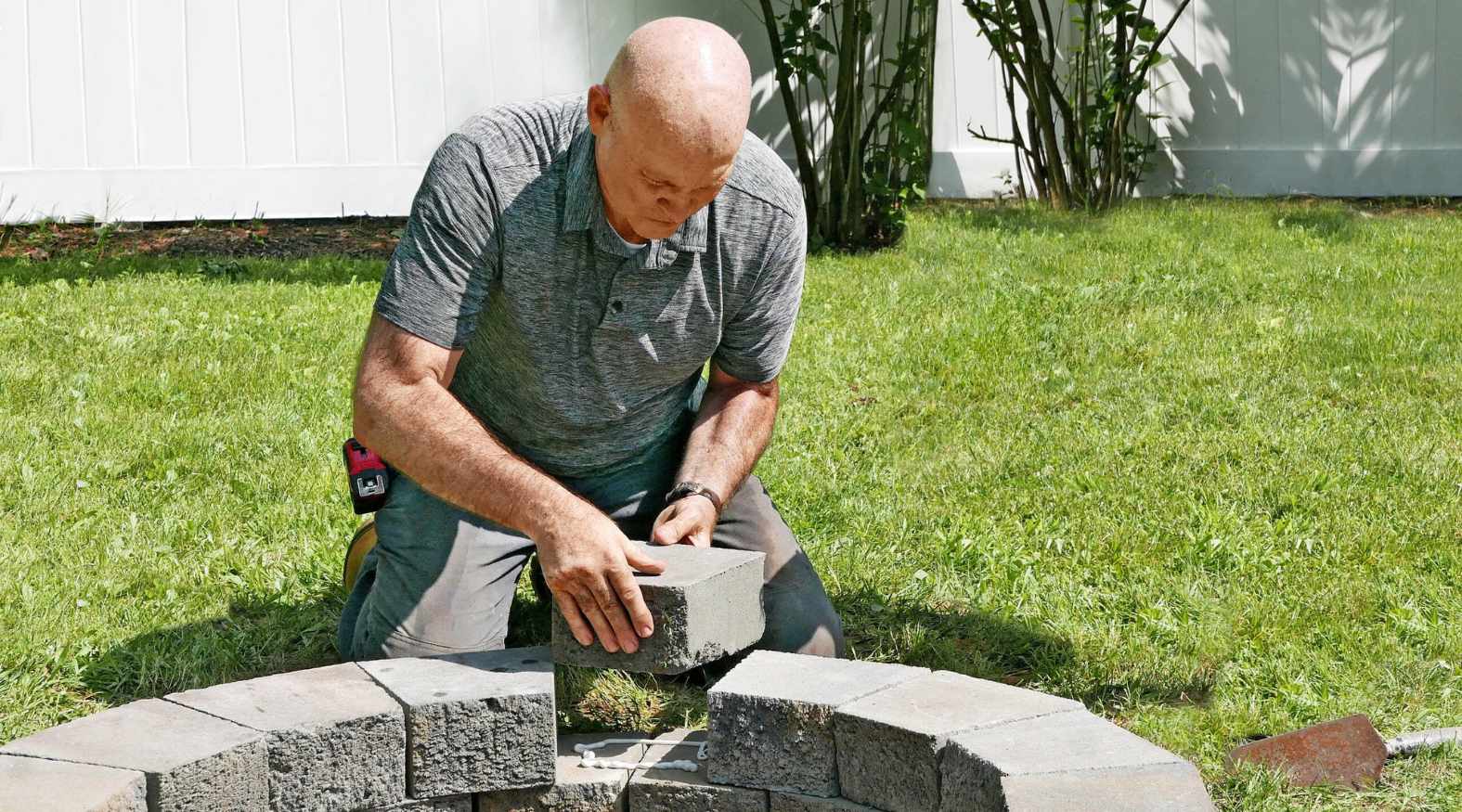

Outdoor Entertaining
How To Build A Concrete Fire Pit
Modified: August 28, 2024
Learn how to create a stunning outdoor entertaining space with a concrete fire pit. Enhance your backyard with this DIY project.
(Many of the links in this article redirect to a specific reviewed product. Your purchase of these products through affiliate links helps to generate commission for Storables.com, at no extra cost. Learn more)
Introduction
Welcome to the world of outdoor entertaining, where the crackling of a fire and the warmth of its glow create the perfect ambiance for gatherings with friends and family. Building a concrete fire pit is a fantastic way to elevate your outdoor space, adding both functionality and aesthetic appeal. Whether you're roasting marshmallows, enjoying a cozy evening under the stars, or simply unwinding after a long day, a well-crafted fire pit can become the centerpiece of your outdoor oasis.
In this comprehensive guide, we will explore the step-by-step process of constructing a concrete fire pit, from the initial planning and preparation to the finishing touches that bring your vision to life. By the end of this journey, you will have the knowledge and confidence to create a stunning and enduring fire pit that will be the envy of your neighborhood.
So, roll up your sleeves, unleash your creativity, and let's embark on this exciting venture to build a concrete fire pit that will be a source of warmth, joy, and countless cherished memories.
Key Takeaways:
- Planning and preparation are crucial for building a concrete fire pit. Consider its purpose, check local regulations, set a budget, create a design plan, and gather necessary permits before starting the construction process.
- Choosing the right location for your concrete fire pit is essential. Consider safety, embrace the view, account for wind patterns, create a focal point, and factor in privacy to enhance the ambiance and functionality of your outdoor space.
Read more: How To Build A Fire Pit On A Concrete Patio
Planning and Preparation
Before diving into the construction process, it’s crucial to lay a solid foundation through meticulous planning and thorough preparation. This initial phase sets the stage for a successful and gratifying fire pit project.
Determine the Purpose: Consider how you intend to use the fire pit. Will it primarily serve as a focal point for social gatherings, a cooking area for outdoor meals, or a source of warmth during chilly evenings? Understanding its primary function will guide the design and size considerations.
Check Local Regulations: Some areas have specific regulations or codes regarding the construction of fire pits. Check with your local authorities to ensure compliance with any applicable rules or restrictions. This step is essential to avoid potential issues in the future.
Set a Budget: Establishing a budget early on will help you make informed decisions when selecting materials and accessories. It’s advisable to allocate a portion of the budget for contingencies to accommodate any unforeseen expenses that may arise during the construction process.
Create a Design Plan: Visualize the desired shape, size, and style of the fire pit. Consider factors such as the available space, seating arrangements, and the overall aesthetic of your outdoor area. Sketching or using design software can help bring your vision to life and serve as a reference during the construction phase.
Gather Necessary Permits: Depending on your location, you may need to obtain permits for building a fire pit. Research the permit requirements in your area and secure any necessary approvals before commencing construction. This proactive approach can prevent potential setbacks and ensure a smooth building process.
By dedicating time to thoughtful planning and meticulous preparation, you’ll lay a solid groundwork for the construction of your concrete fire pit. This proactive approach will pave the way for a seamless and rewarding building experience, ultimately leading to the creation of a captivating outdoor feature that enhances your living space.
Choosing the Location
The location of your concrete fire pit plays a pivotal role in shaping the ambiance and functionality of your outdoor space. Carefully selecting the placement ensures that the fire pit becomes a natural gathering spot while complementing the overall landscape design.
Consider Safety and Accessibility: Opt for a location that is a safe distance from any flammable structures, overhanging branches, or other potential fire hazards. Additionally, ensure that the fire pit is easily accessible from seating areas and pathways, allowing for seamless movement and a comfortable flow of activity.
Embrace the View: If your outdoor space offers picturesque views, position the fire pit to capitalize on these scenic vistas. Whether it’s a sprawling garden, a serene lake, or a breathtaking sunset, integrating the natural beauty into the fire pit’s backdrop enhances the overall experience for you and your guests.
Account for Wind Patterns: Analyze the prevailing wind patterns in your outdoor area. Position the fire pit in a way that minimizes the impact of strong winds, ensuring that the flames remain steady and smoke is directed away from seating areas. Strategic placement can enhance comfort and enjoyment during fireside gatherings.
Create a Focal Point: The fire pit can serve as a captivating focal point for your outdoor space. Position it in a central, prominent location that draws attention and creates a sense of cohesion within the overall layout. This placement encourages social interaction and infuses the area with warmth and charm.
Factor in Privacy: If privacy is a priority, consider locating the fire pit in a secluded area shielded from neighboring properties or public view. This secluded setting fosters a cozy and intimate atmosphere, allowing for relaxed conversations and tranquil moments around the fire.
By thoughtfully selecting the location of your concrete fire pit, you can harness the potential of your outdoor space, creating a captivating setting that invites relaxation, connection, and lasting memories. This strategic decision sets the stage for a harmonious integration of the fire pit into your outdoor lifestyle, ensuring its seamless alignment with your preferences and the natural surroundings.
Gathering Materials
Embarking on the construction of a concrete fire pit requires a thoughtful selection of materials to ensure durability, functionality, and visual appeal. From the base and retaining wall materials to the finishing touches, each component contributes to the overall quality and aesthetics of the fire pit.
Fire Pit Kit or Individual Components: Determine whether you will utilize a pre-packaged fire pit kit, which typically includes essential components such as steel inserts and concrete blocks, or if you prefer to source individual materials separately. Kits offer convenience and uniformity, while selecting individual components provides greater customization options.
Base Materials: The base of the fire pit requires materials that can withstand high temperatures and the weight of the fire pit structure. Refractory cement, fire bricks, or heat-resistant concrete are commonly used to construct the fireproof base, ensuring long-term stability and safety.
Retaining Wall Materials: Concrete blocks, also known as cinder blocks or concrete masonry units (CMUs), are popular choices for constructing the walls of a concrete fire pit. These durable and versatile blocks come in various sizes, shapes, and textures, allowing for creative designs that complement your outdoor aesthetic.
Adhesive and Mortar: Select a high-quality adhesive or mortar specifically designed for outdoor use to secure the concrete blocks in place. This essential component ensures structural integrity and longevity, providing a reliable bond between the individual blocks as they form the fire pit’s walls.
Capstones and Finishing Materials: Capstones, which are flat, durable stones or concrete blocks designed to cap the top of the fire pit walls, add a polished and functional touch to the structure. Additionally, consider decorative finishes such as heat-resistant paint or natural stone veneers to enhance the fire pit’s visual appeal and seamlessly integrate it into the outdoor environment.
Safety Equipment: Prioritize safety by gathering personal protective equipment, including gloves, safety glasses, and a dust mask, to safeguard yourself during the construction process. These precautions are essential when handling materials and working with adhesives and mortar.
By thoughtfully sourcing and gathering the necessary materials, you set the stage for a smooth and efficient construction process, ensuring that your concrete fire pit is not only visually striking but also structurally sound and built to withstand the elements. This careful selection of materials paves the way for a rewarding and enduring addition to your outdoor living space.
Tools Required
Equipping yourself with the appropriate tools is essential for executing the construction of a concrete fire pit with precision and efficiency. From excavation and leveling to block placement and finishing, a well-rounded set of tools empowers you to tackle each phase of the project with confidence and finesse.
Shovel and Spade: These fundamental tools are indispensable for excavating the area where the fire pit will be situated. A sturdy shovel aids in removing soil and debris, while a spade is valuable for shaping the edges and achieving precise contours for the fire pit base.
Level: Ensuring the evenness and alignment of the fire pit structure is crucial for both its visual appeal and structural integrity. A reliable level facilitates the accurate placement of the base and the alignment of the concrete blocks, resulting in a well-balanced and professional finish.
Tape Measure: Precision is key when planning and constructing the fire pit. A tape measure allows you to accurately determine dimensions, distances, and clearances, ensuring that the fire pit’s size and placement align with your design plan and any applicable regulations.
Masonry Trowel: This specialized tool is essential for applying mortar or adhesive to the concrete blocks during the construction process. A masonry trowel enables precise and consistent application, facilitating a secure bond between the blocks and ensuring the structural integrity of the fire pit walls.
Rubber Mallet: When setting the concrete blocks in place, a rubber mallet provides controlled force for tapping and adjusting the position of the blocks without causing damage. This tool is invaluable for achieving a snug fit and uniform alignment of the blocks within the fire pit structure.
Masonry Saw or Chisel: In situations where adjustments to the size or shape of concrete blocks are necessary, a masonry saw or chisel allows for precise cutting and shaping. This capability is particularly useful for accommodating curved designs or achieving custom dimensions for the fire pit walls.
Protective Gear: Prioritize safety by wearing appropriate protective gear, including work gloves, safety goggles, and a dust mask. These essentials shield you from potential hazards such as sharp edges, airborne particles, and chemical exposure, ensuring a secure and comfortable working environment.
By assembling a comprehensive array of tools, you empower yourself to execute each phase of the construction process with proficiency and attention to detail. These essential tools not only facilitate the creation of a stunning concrete fire pit but also contribute to a rewarding and enjoyable building experience, where precision and craftsmanship converge to bring your vision to life.
When building a concrete fire pit, make sure to use a fire-resistant concrete mix and reinforce it with steel mesh for added strength and durability.
Read more: How To Build An Outdoor Fire Pit
Building the Fire Pit Base
The foundation of a concrete fire pit is the key to its stability, longevity, and overall performance. Constructing a robust and well-designed base sets the stage for the subsequent phases of the project, ensuring that the fire pit stands the test of time while providing a safe and reliable focal point for outdoor gatherings.
Excavation and Preparation: Begin by marking the perimeter of the fire pit and excavating the designated area to a depth of approximately 6 to 8 inches. Use a shovel and spade to remove the soil, creating a level and uniform base for the fire pit structure. Tamp down the soil to compact it, providing a stable foundation for the subsequent layers.
Layering the Base Materials: Once the excavation is complete, layer the base with heat-resistant materials such as refractory cement, fire bricks, or heat-resistant concrete. These materials are chosen for their ability to withstand high temperatures and provide a durable foundation for the fire pit. Ensure that the base materials are level and firmly packed to create a solid and fireproof surface.
Compact and Level the Base: Use a hand tamper or a compacting tool to firmly compact the base materials, eliminating air gaps and achieving a stable foundation. Verify the levelness of the base using a carpenter’s level, making any necessary adjustments to ensure a flat and even surface that forms the groundwork for the subsequent construction phases.
Allow for Drainage: Incorporate drainage considerations into the base construction by ensuring that the base materials slope slightly away from the center of the fire pit. This subtle slope encourages water to drain away from the fire pit, preventing the accumulation of moisture and enhancing the longevity of the structure.
Verify Compliance and Safety: Before proceeding to the next phase, double-check that the base materials and construction align with any local regulations or safety guidelines pertaining to fire pit installations. This proactive measure ensures that the fire pit base meets necessary standards, providing peace of mind and compliance with relevant codes.
By meticulously crafting a solid and fireproof base, you establish a sturdy and reliable foundation for the concrete fire pit. This critical phase not only ensures the safety and durability of the structure but also sets the stage for the subsequent construction steps, propelling you toward the realization of a captivating and enduring outdoor feature that will be cherished for years to come.
Laying the Concrete Blocks
As the construction of your concrete fire pit progresses, the process of laying the concrete blocks forms a transformative phase, shaping the structural framework and visual appeal of the fire pit. This step demands precision, creativity, and attention to detail as you assemble the individual blocks to form the distinctive walls of the fire pit.
Prepare the Work Area: Clear the base of any debris and ensure that it is clean and dry before commencing the block laying process. This preparation creates an optimal environment for assembling the concrete blocks, facilitating a secure and stable foundation for the fire pit walls.
Apply Adhesive or Mortar: Using a masonry trowel, apply a layer of construction adhesive or mortar to the base where the first course of concrete blocks will be placed. This adhesive creates a strong and durable bond, ensuring that the blocks remain securely in position as the walls take shape.
Position the First Course: Carefully place the first row of concrete blocks on the adhesive, ensuring that they are level and tightly aligned. Use a rubber mallet to tap the blocks into place, adjusting their position as needed to achieve a uniform and stable foundation for the subsequent layers.
Stack Additional Courses: Continue stacking the concrete blocks, layer by layer, ensuring that each course is level and securely bonded to the underlying layers. As the walls ascend, verify the alignment and plumbness of the blocks, making any necessary adjustments to maintain a consistent and visually appealing structure.
Integrate Design Elements: Embrace creative possibilities by incorporating design elements such as curved walls, decorative patterns, or alternating block orientations to add visual interest and personality to the fire pit. These custom touches infuse the structure with character and individuality, reflecting your unique outdoor style.
Secure Capstones: Once the desired height of the fire pit walls is achieved, affix capstones to the top course of concrete blocks using a layer of adhesive. Capstones provide a polished and functional finish, capping the walls and enhancing the overall aesthetic while contributing to the fire pit’s structural integrity.
By meticulously laying the concrete blocks, you breathe life into the fire pit, shaping its form and character with each precisely positioned block. This phase marks a significant milestone in the construction process, bringing you closer to the realization of a captivating and enduring outdoor feature that will serve as a focal point for countless gatherings and cherished moments.
Finishing Touches
As the construction of your concrete fire pit nears completion, the addition of finishing touches elevates the visual appeal, functionality, and overall allure of the structure. These final details impart a sense of refinement and completeness, transforming the fire pit into a captivating focal point that enhances your outdoor living space.
Apply Heat-Resistant Paint: If desired, consider applying heat-resistant paint to the exterior of the concrete blocks to enhance their appearance and complement the surrounding environment. Choose a paint color that harmonizes with your outdoor decor, adding a touch of personal style to the fire pit’s aesthetic.
Install a Fire Pit Insert: Incorporate a fire pit insert or bowl to contain the fire within the structure, providing a designated area for burning wood or other fuel sources. Select an insert that aligns with the dimensions and design of your fire pit, ensuring a seamless integration that enhances both safety and convenience.
Add Seating and Accessories: Arrange seating around the fire pit, creating a welcoming and comfortable space for gatherings and relaxation. Consider incorporating weather-resistant chairs, benches, or built-in seating to accommodate guests and foster a cozy atmosphere around the fire pit. Additionally, adorn the area with accessories such as outdoor cushions, throw blankets, and decorative lighting to further enhance the ambiance.
Integrate Functional Features: Enhance the functionality of the fire pit by incorporating practical features such as a built-in grill, cooking grate, or a removable spark screen. These additions expand the utility of the fire pit, allowing for versatile outdoor cooking and providing additional safety measures during fireside activities.
Landscaping and Hardscaping: Surround the fire pit with landscaping elements such as potted plants, shrubs, or decorative rocks to integrate it seamlessly into the outdoor environment. Hardscaping elements such as a paved patio, flagstone walkway, or retaining wall can further define the space and create a cohesive outdoor living area.
Illuminate the Area: Incorporate outdoor lighting around the fire pit to extend its functionality into the evening hours and create a captivating ambiance. Options include string lights, solar-powered lanterns, or strategically placed landscape lighting that accentuates the fire pit and surrounding features.
By attending to these finishing touches, you infuse the fire pit with character, charm, and functionality, culminating in a captivating outdoor feature that beckons you and your guests to gather, unwind, and savor the warmth of the fire. These thoughtful details transform the fire pit into a cherished centerpiece of your outdoor oasis, where countless memories are made and connections are nurtured amidst the flickering glow of the flames.
Conclusion
Congratulations on embarking on the journey to construct a concrete fire pit, a captivating addition to your outdoor space that promises warmth, ambiance, and countless cherished moments. Throughout the planning, preparation, and construction phases, you’ve embarked on a creative and rewarding endeavor that has the potential to transform your outdoor environment into a welcoming and enchanting retreat.
By carefully considering the purpose, location, and design of the fire pit, you’ve laid the groundwork for a structure that not only meets your functional needs but also harmonizes with the natural beauty of your surroundings. The meticulous selection of materials and the thoughtful assembly of the fire pit walls have resulted in a durable and visually striking centerpiece that will endure for years to come.
As you add the finishing touches and integrate practical features, you infuse the fire pit with personality and functionality, creating a space that beckons you and your guests to gather, unwind, and savor the warmth of the fire. Whether it’s a lively social gathering, a tranquil evening under the stars, or an outdoor cooking adventure, the fire pit stands ready to enrich your outdoor lifestyle and create lasting memories.
As the flames dance and the glow of the fire pit illuminates your outdoor haven, may it serve as a beacon of warmth, connection, and relaxation, inviting you to embrace the simple pleasures of outdoor living. With each crackle of the fire and each shared story around its flickering light, the fire pit becomes not just a structure but a cherished focal point that enriches your life and the lives of those who gather around it.
So, as you bask in the glow of your newly constructed concrete fire pit, may it ignite a sense of joy, camaraderie, and tranquility, becoming a beloved fixture that enhances your outdoor entertaining experience and creates enduring memories for years to come.
Frequently Asked Questions about How To Build A Concrete Fire Pit
Was this page helpful?
At Storables.com, we guarantee accurate and reliable information. Our content, validated by Expert Board Contributors, is crafted following stringent Editorial Policies. We're committed to providing you with well-researched, expert-backed insights for all your informational needs.
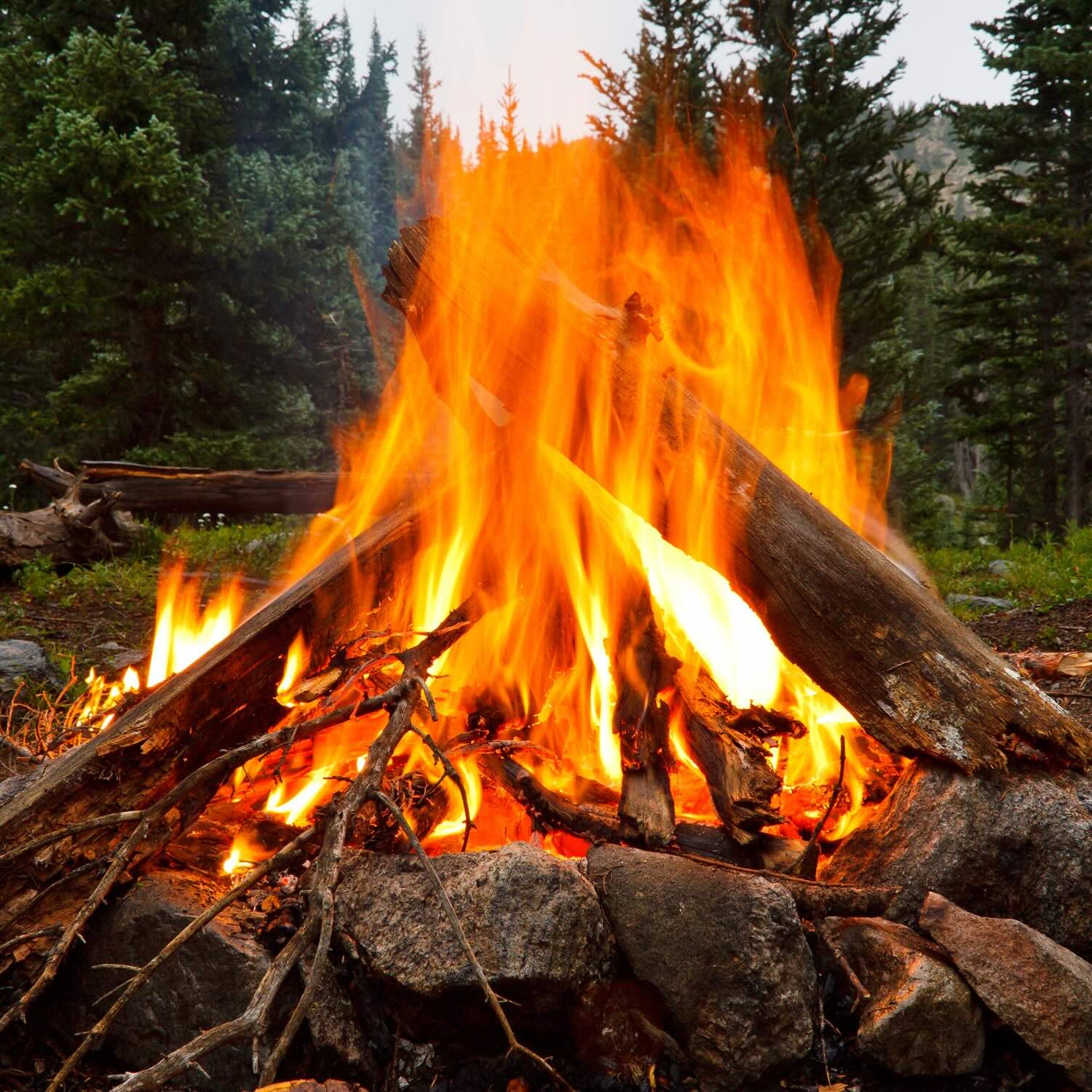
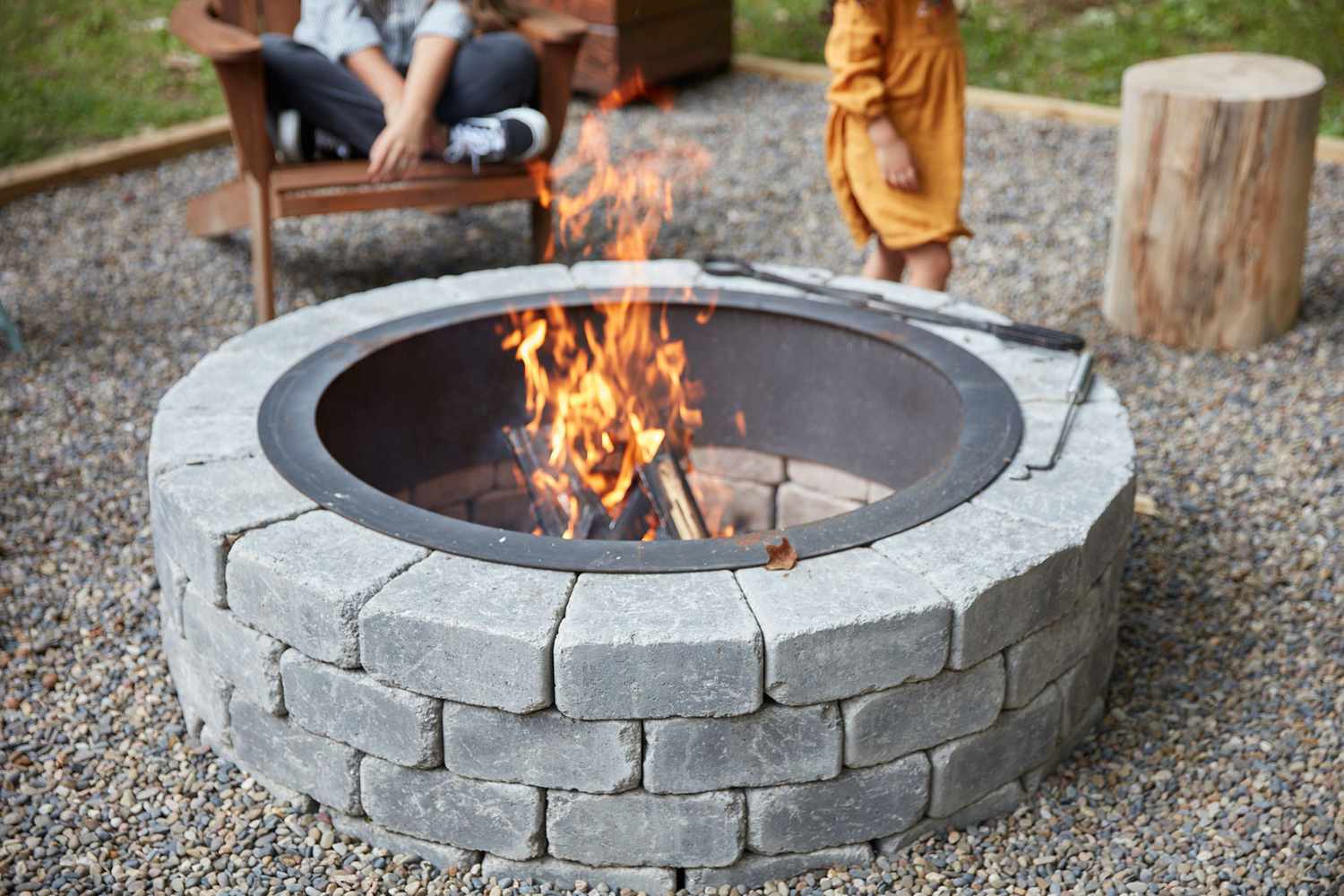
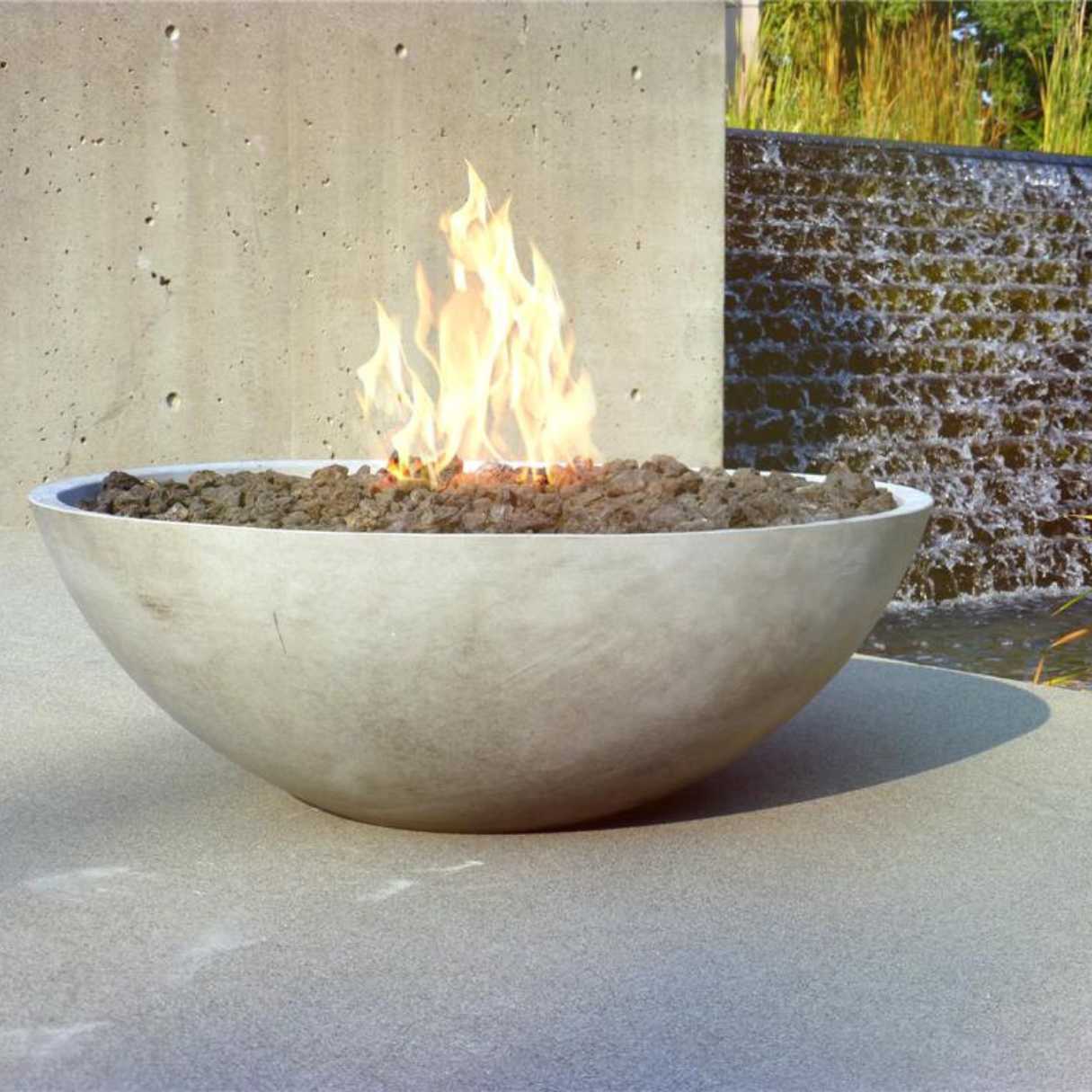
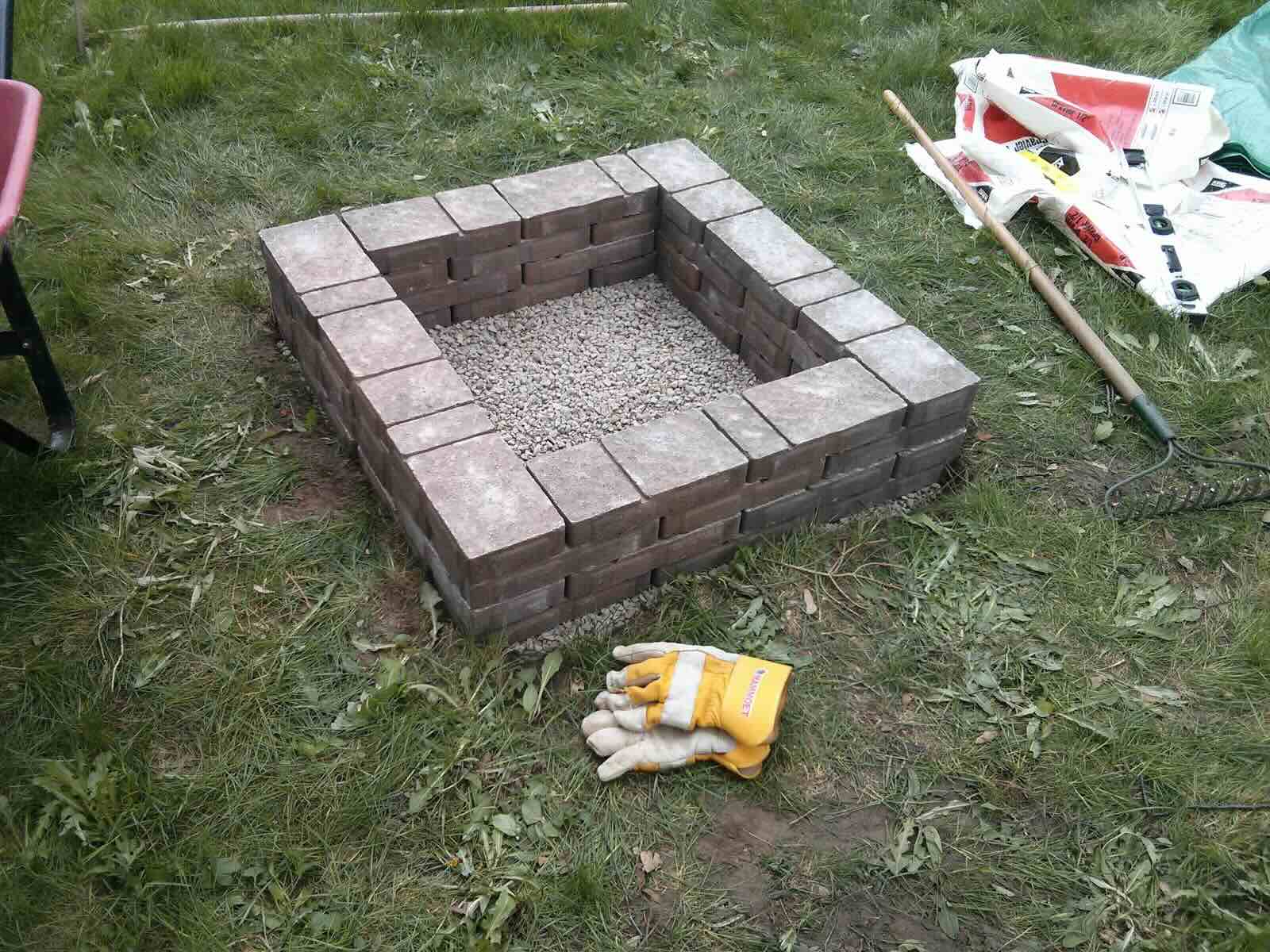
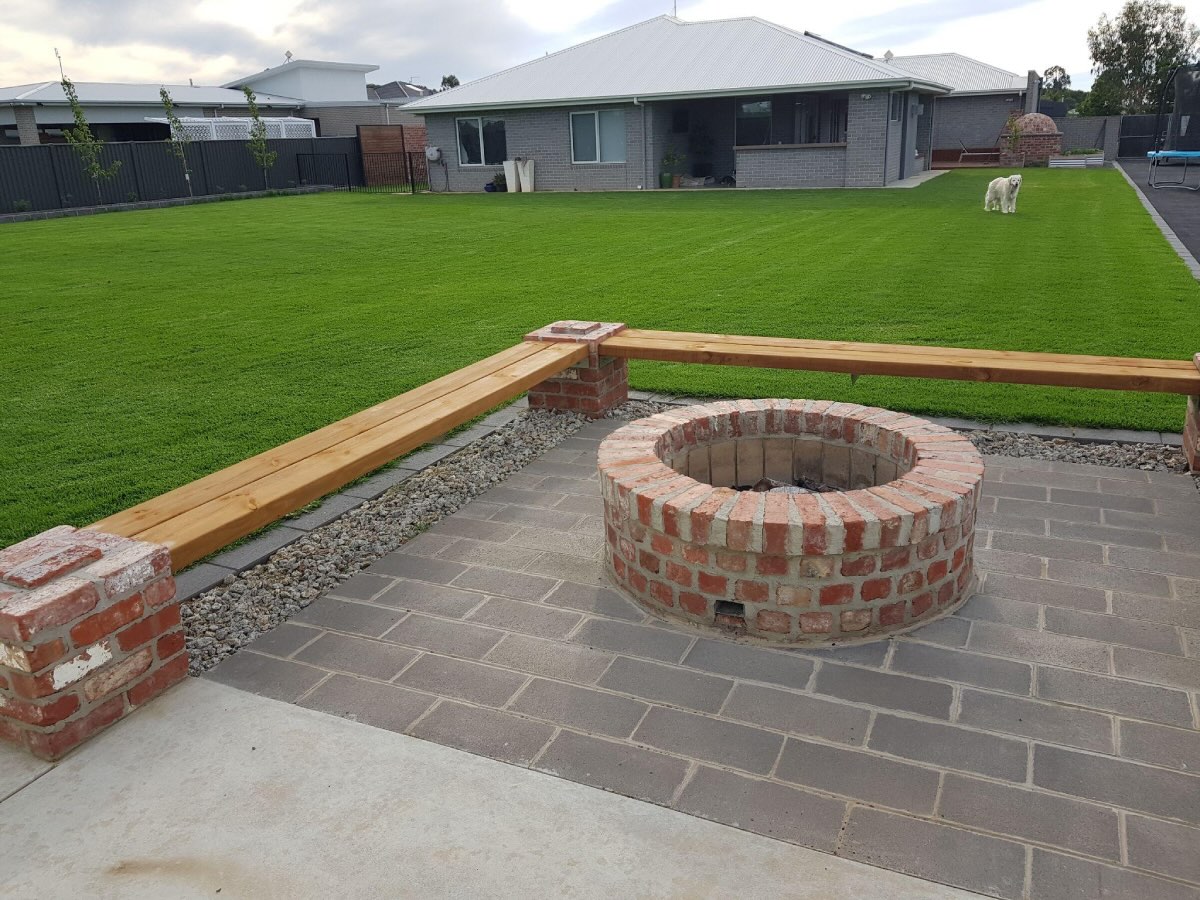
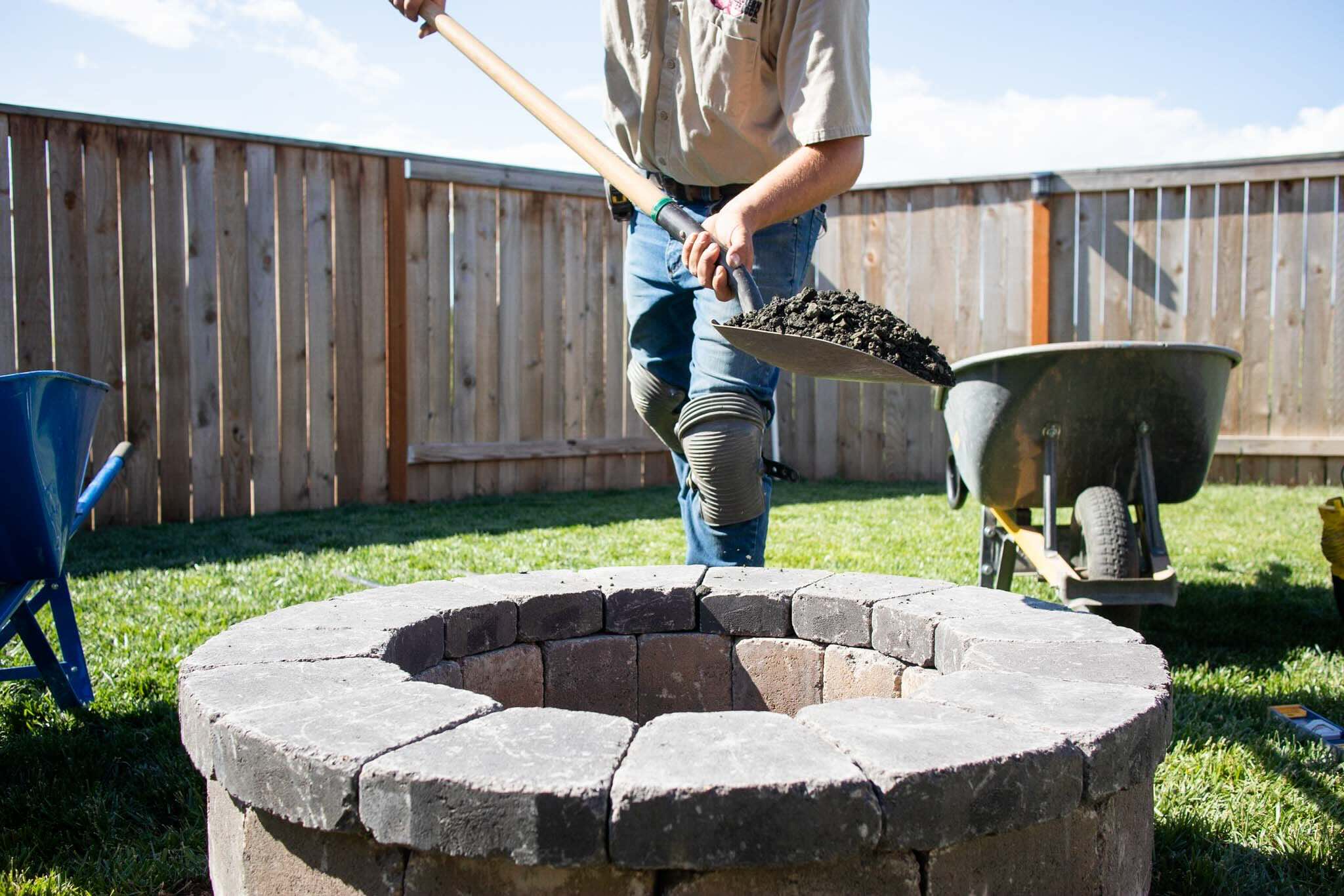
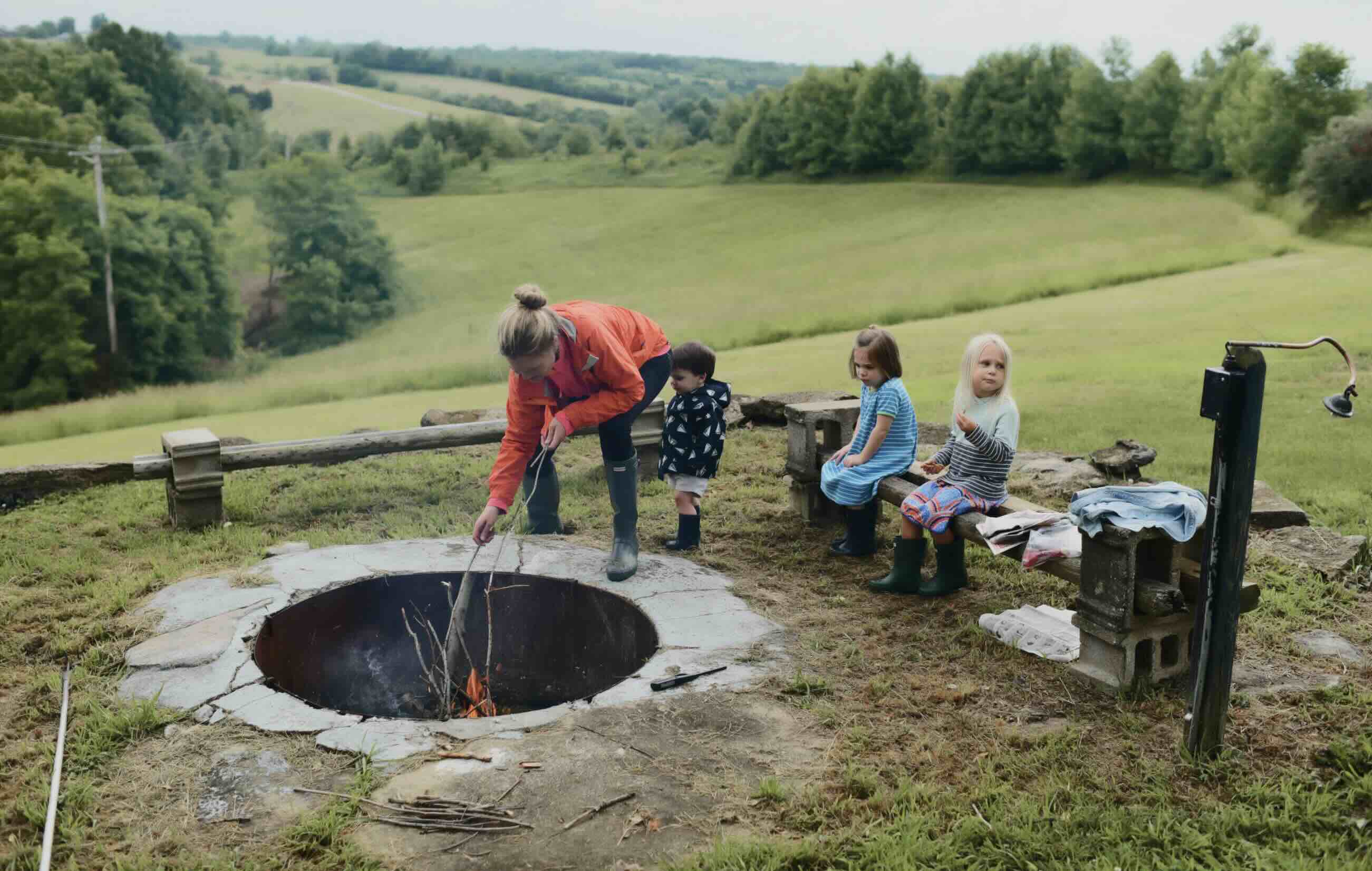
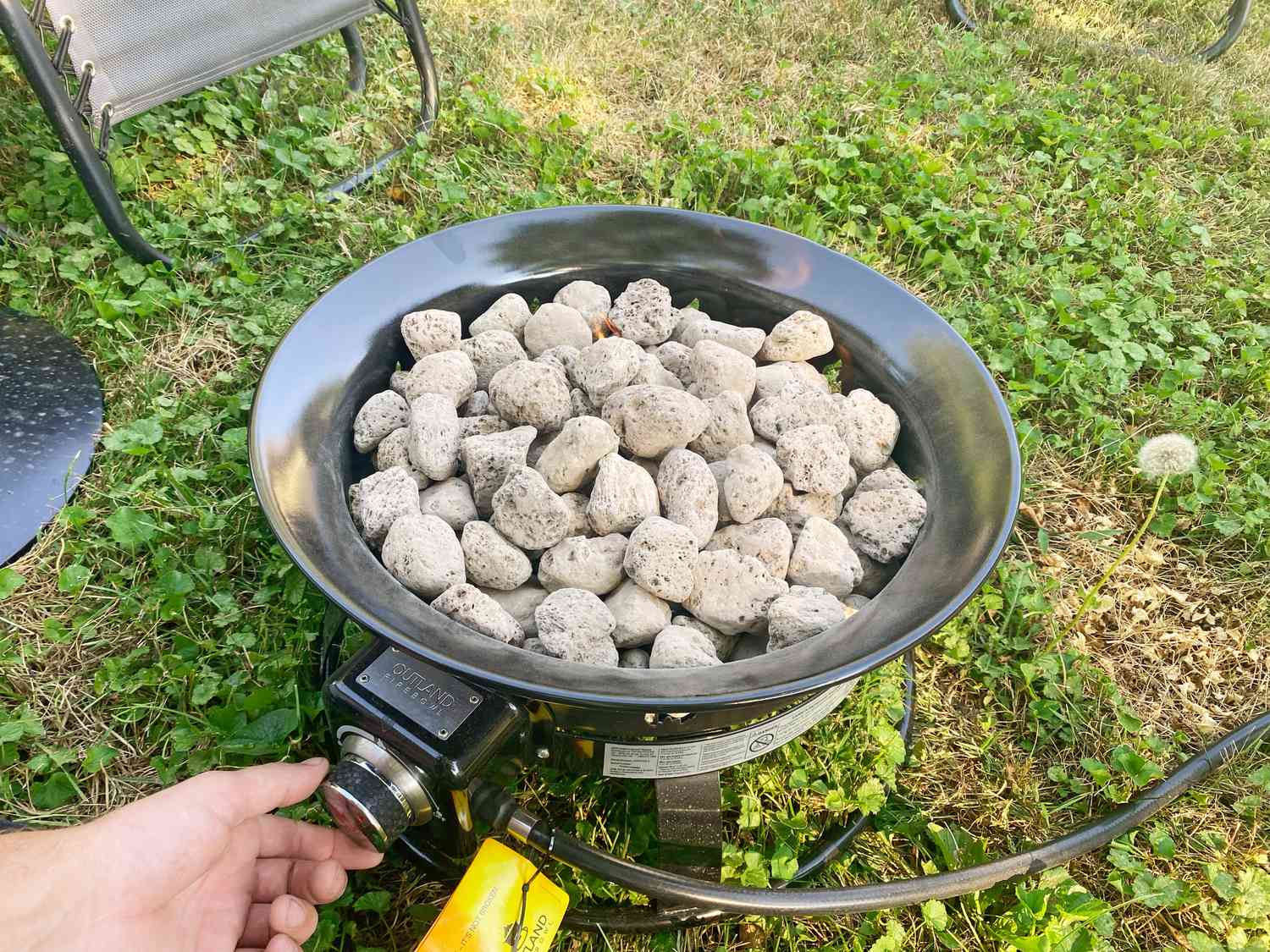
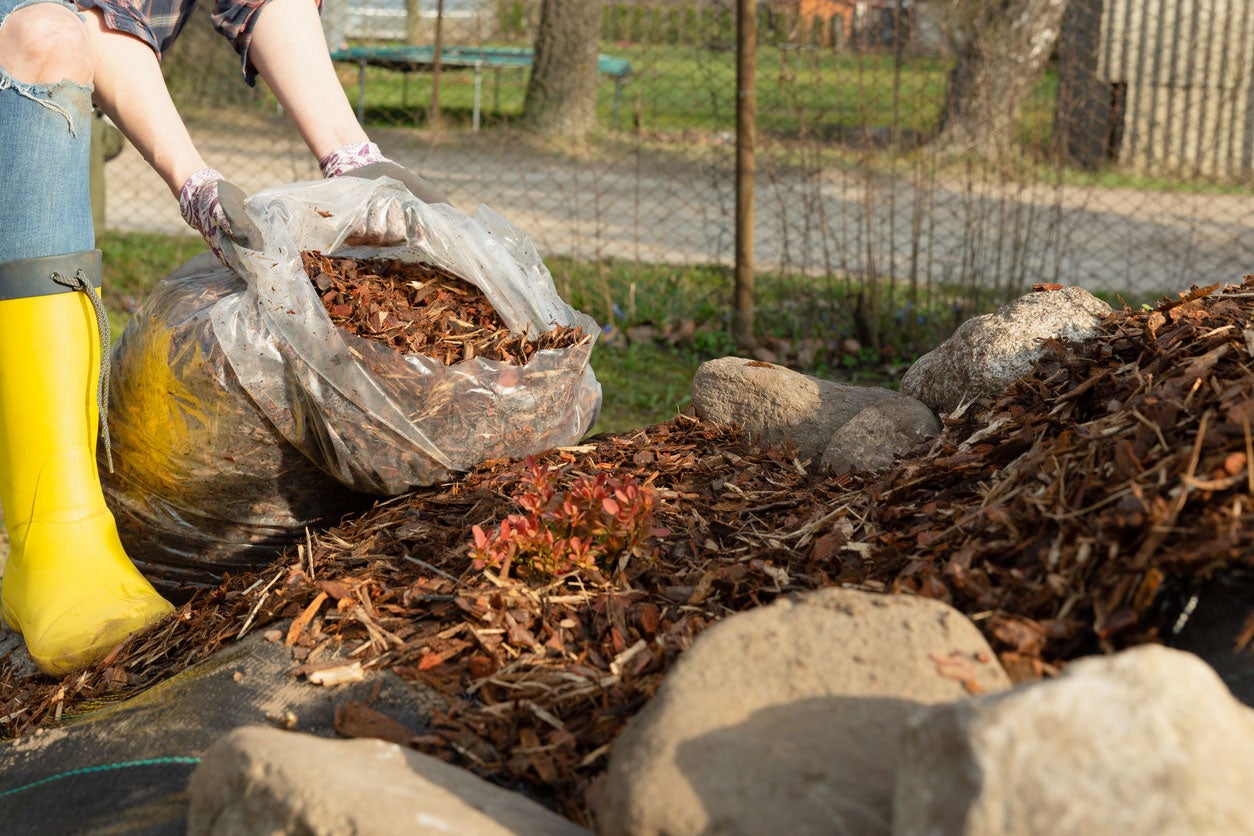
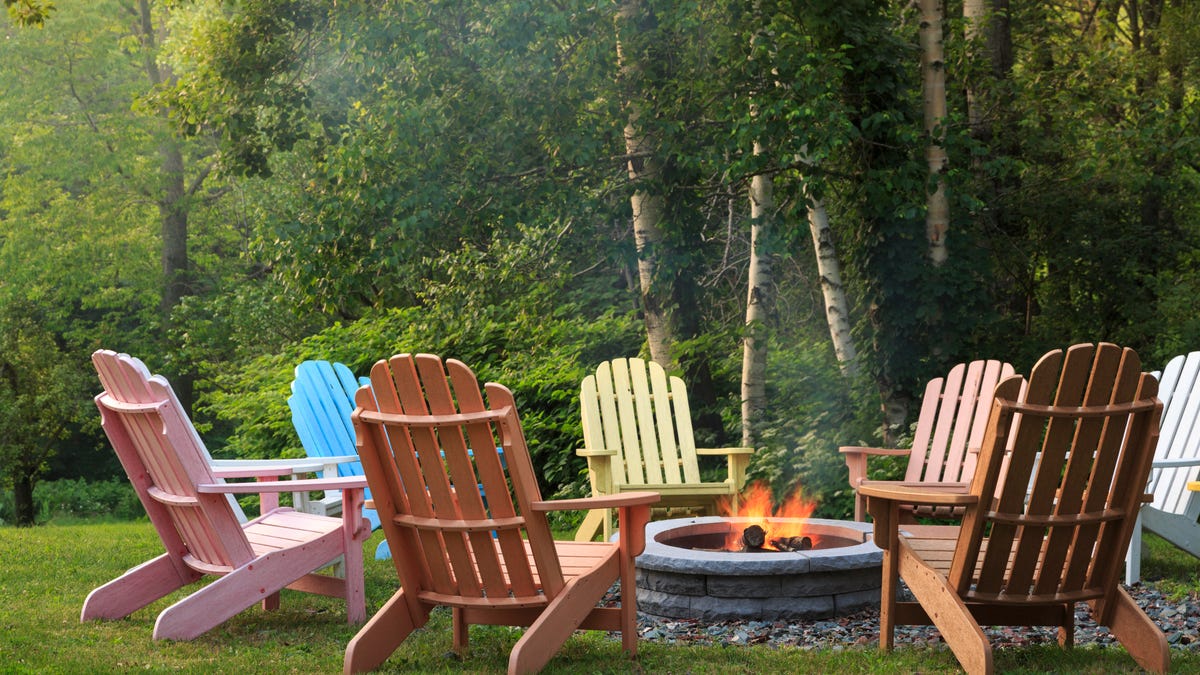
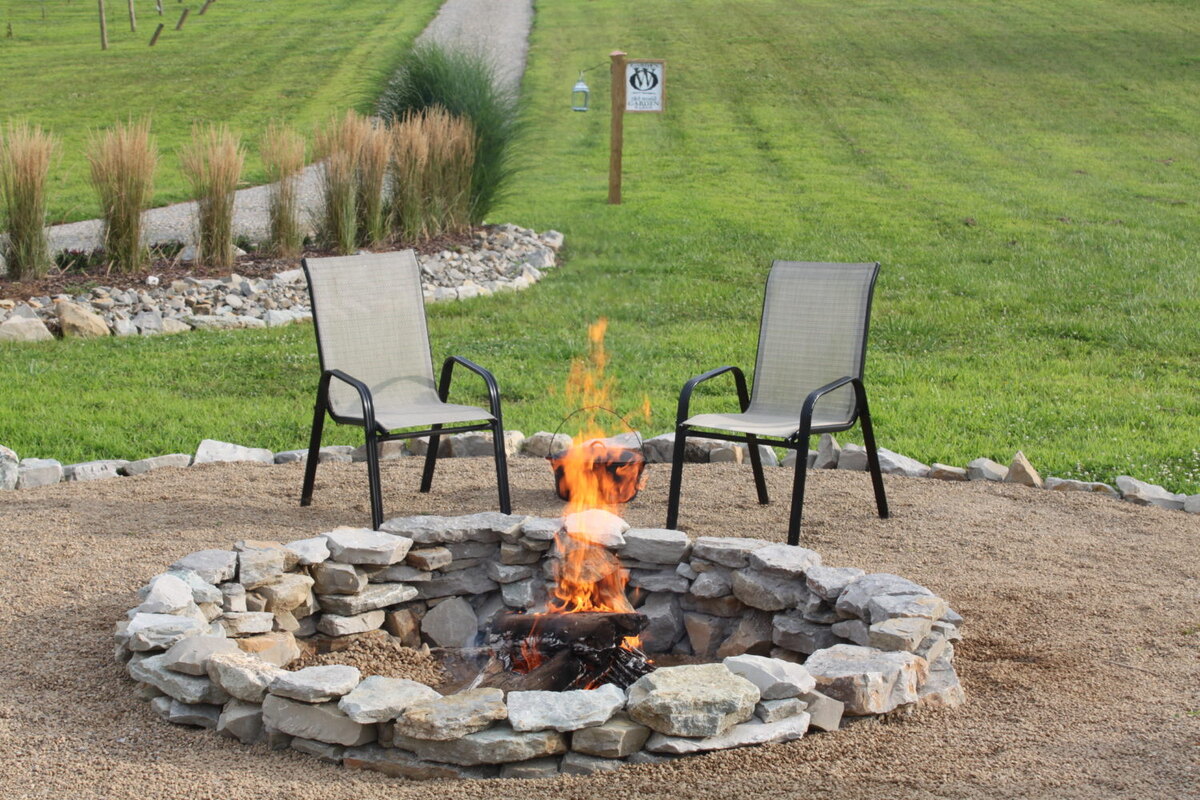
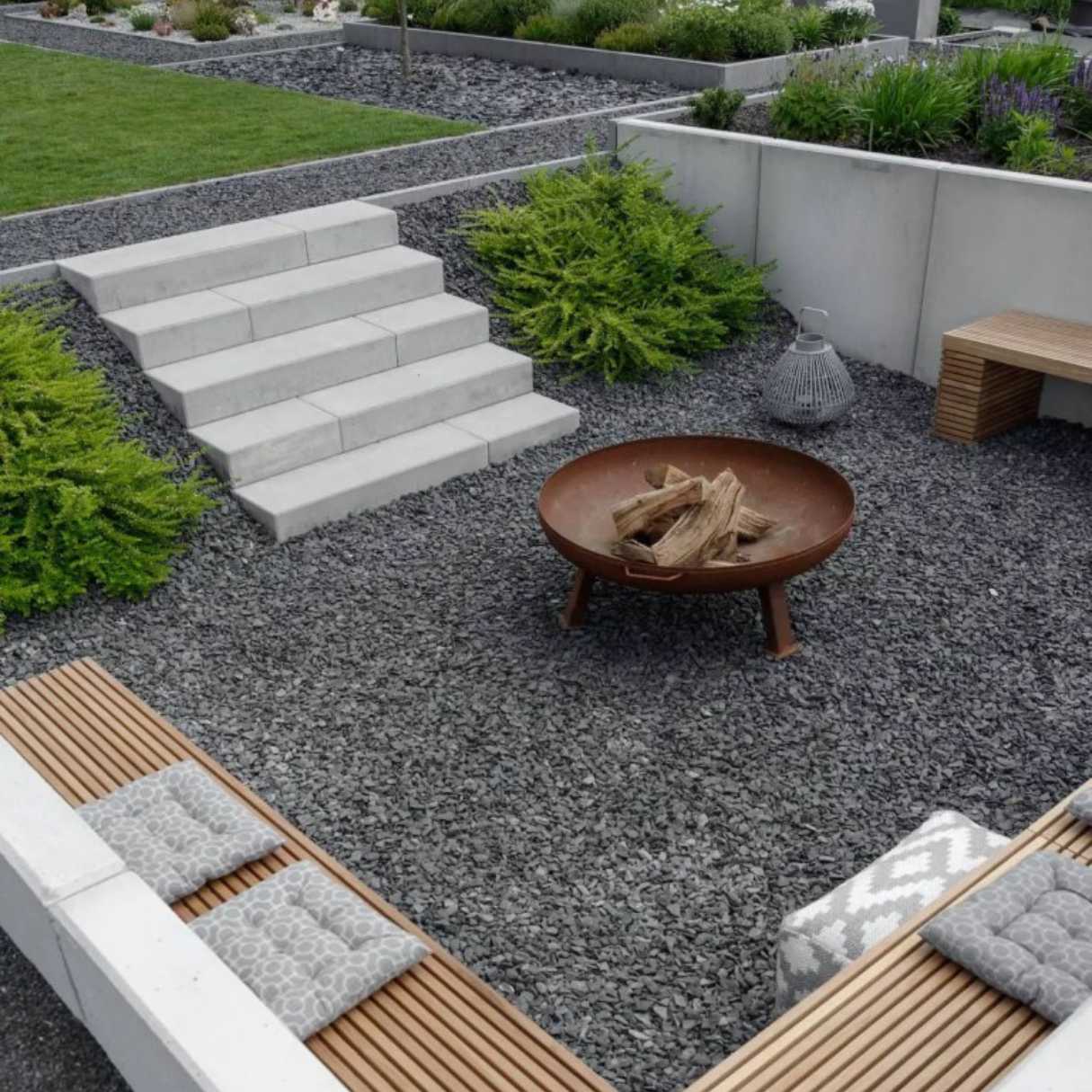
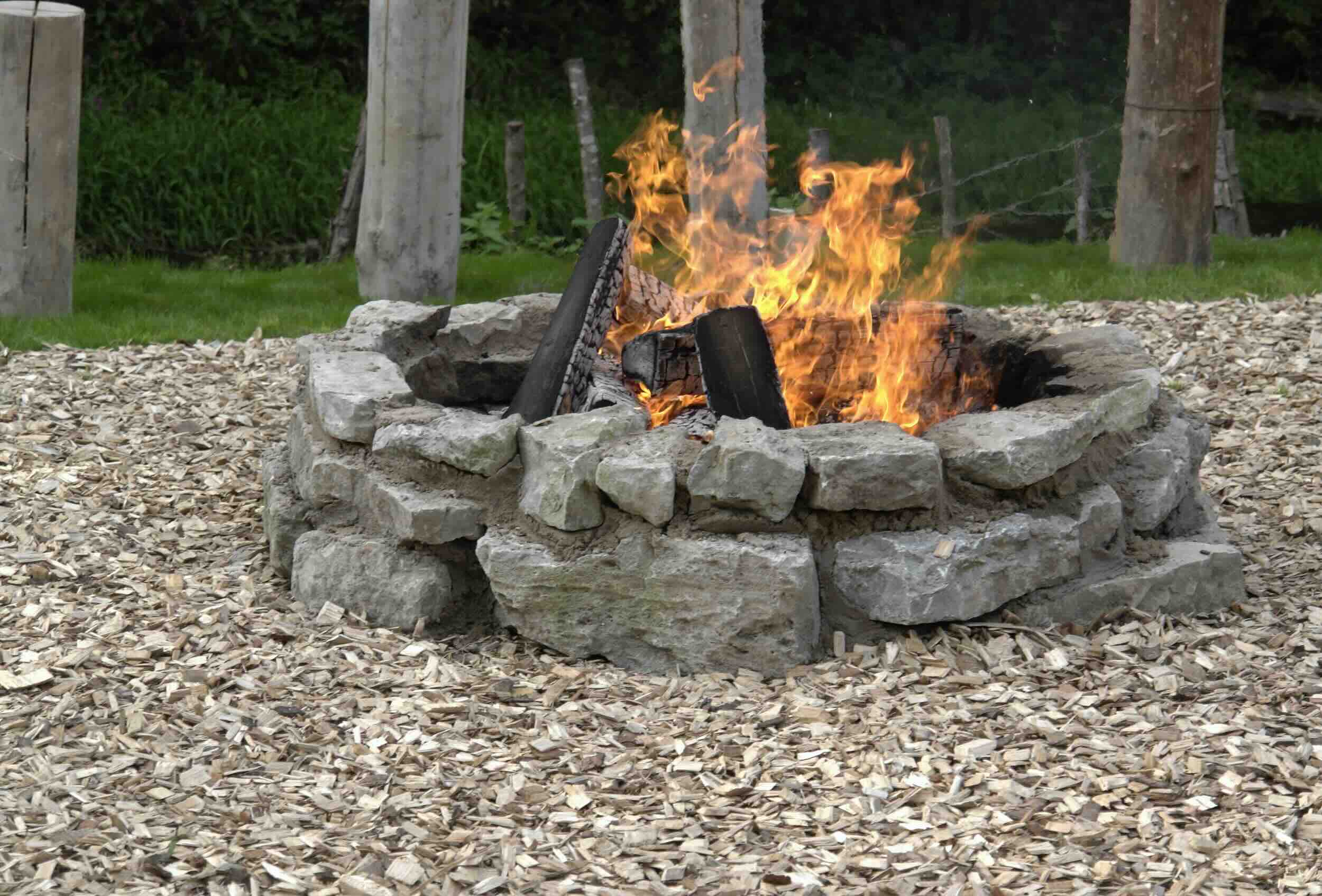
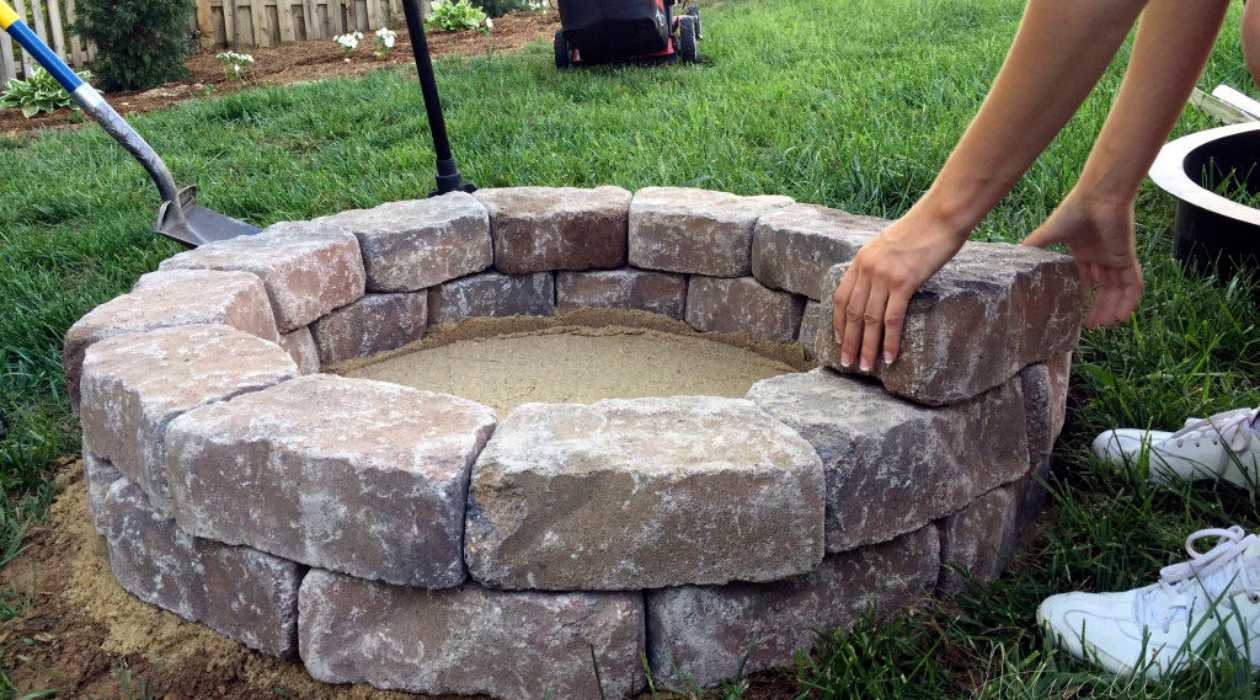

0 thoughts on “How To Build A Concrete Fire Pit”